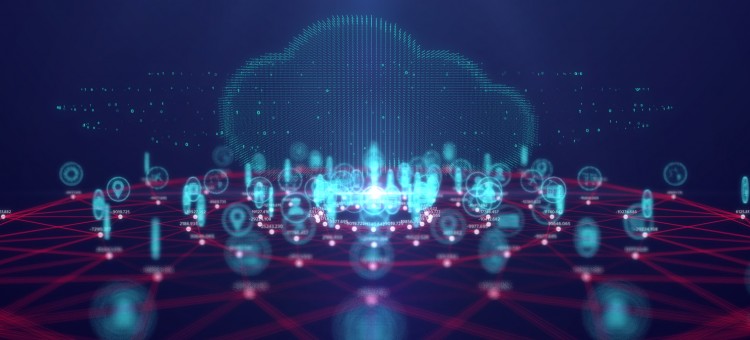Big Data and the Future of Retail
- The Tech Platform

- Sep 7, 2020
- 3 min read
The retail experience was undergoing a transformation even before the current pandemic forced massive changes in shopping behavior. A 2019 survey revealed that 92 percent of 1,400 retail leaders identified "reinventing the customer experience" as their top business priority. However, with the new reality we’ve all been forced into, the stakes for retailers are higher now than ever.
To understand the changing needs of consumers and respond to those needs, retailers must leverage big data strategies based on artificial intelligence (AI) and machine learning (ML) technologies. In a crowded marketplace, retailers must find ways to differentiate their brands through increased personalization, better customer service, and improved demand forecasting.
Personalization
Personalization is about using customer data to provide, anticipate and even shape what customers want. For example, beauty retailer Sephora is using AI to help customers find their ideal products faster. The company’s Color IQ program scans a customer’s face in-store and then leverages an extensive “shade library” to provide personalized recommendations for concealer and foundation. Customers can shop Sephora’s online store to find the perfect shade offered by their favorite or a new brand. Even when Sephora stores closed, the feature offers the retailer's customers who have already signed up for the program continued recommendations and interactions with the brand through their online account.
Customer Service
Nothing increases churn like bad customer service. That’s why in addition to using AI-powered customer insights to transform its customer experience journey, e-commerce beauty retailer Glossier is using AI to overcome customer service challenges. When the company faced an unusual spike in product returns, the merchandising team used data analysis to trace a significant portion of the returns to a single lipstick shade being exchanged for a lighter shade of the same lipstick. Armed with this knowledge, the company was able to improve color-matching on the company website for that product to avoid any future confusion. The team also reached out directly to impacted customers with a personalized message, resulting in increased customer retention.
Engagement
Posh-mark, a leading social marketplace for selling fashion and home goods, leverages data to inform nearly every business decision as teams work to provide users with a tailored experience that fits their unique needs. Each department within Posh-mark uses data for different purposes, including identifying buying trends to inform intelligent search results and better connecting users with sellers that have what they’re looking for.
Today, Posh-mark has shifted Posh N Coffee, one of the in-person events it held for its users, into a new digital experience with a focus on educating its sellers to help them grow their online businesses through the social marketplace. Using data to identify the specific needs and challenges of its sellers, the Posh N Coffee events, each hosted by an experienced Posh-mark seller — aka “ambassador” — are virtual meetups where community members can “learn insider tips from the pros.”
Forecasting
Another important way that big data can support an optimal customer experience is through predictive analytics that ensure that the products customers want will be available.
Predictive analytics enabled The North Face to implement WeatherFX, a program which can tap into weather insights and patterns. This information is then combined with data on customer behavior to determine the volume of products to stock at which locations. This knowledge also informs staffing decisions and improves the company’s cross-channel marketing efforts.
Over the coming months and years, there's little doubt that customer experience will be the key to retail success, driving increased revenues and customer loyalty. To ensure an optimal customer experience, differentiate the business, and stay relevant and competitive, retailers must explore all the opportunities that already exist in their most valuable asset: their data.
Source: Paper.li






Comments